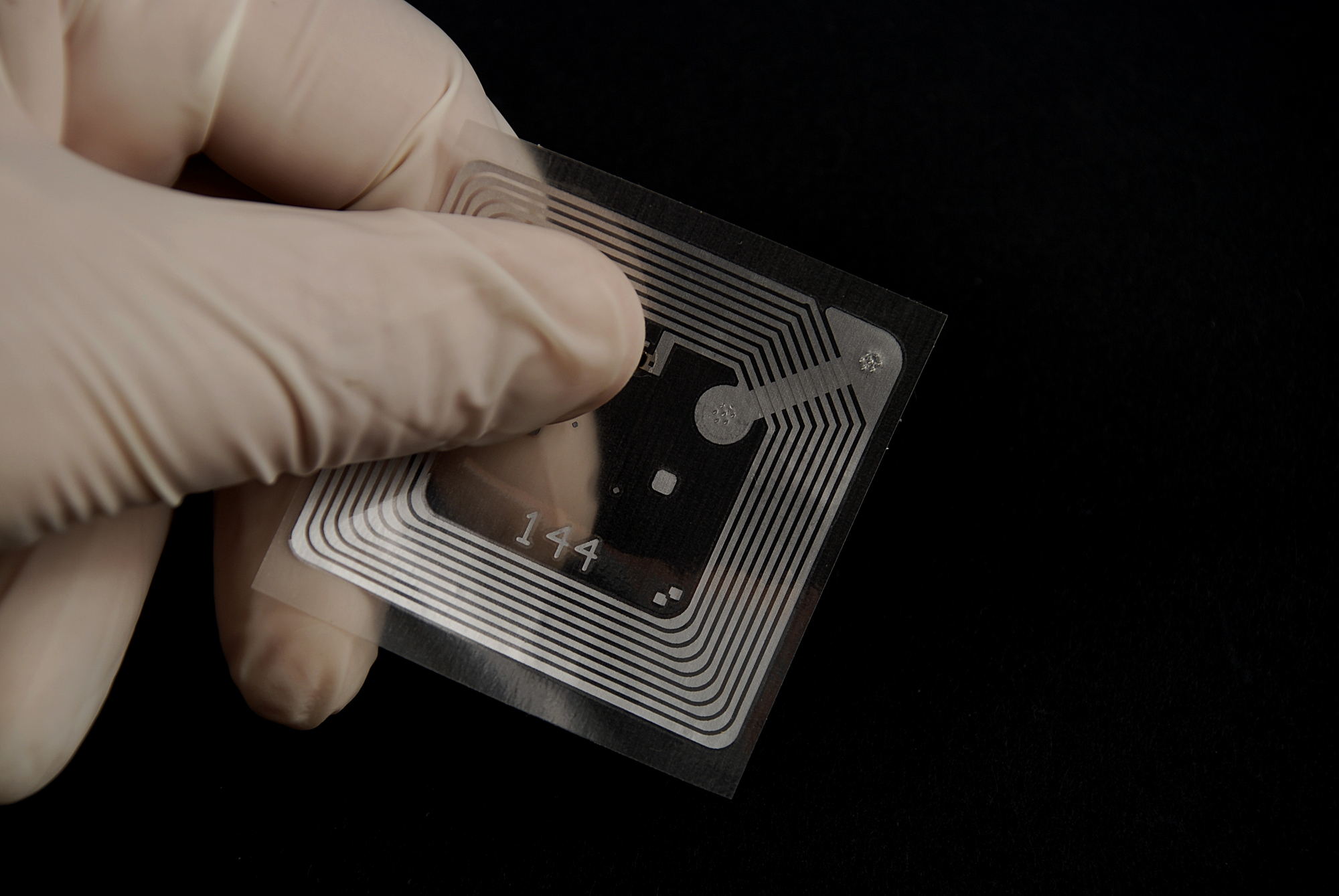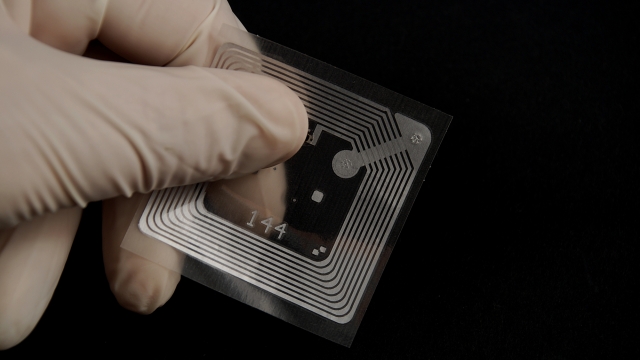The Future Unveiled: Unlocking the Potential of RFID Technology
In today’s rapidly evolving world, technology continues to reshape various facets of our lives. One such innovation that is poised to revolutionize several industries is RFID technology. Standing for Radio Frequency Identification, RFID is a cutting-edge system that enables the wireless exchange of data between small electronic tags and a reader device. With its ability to identify and track objects remotely, RFID technology promises to bring about unprecedented efficiency, security, and convenience across a wide range of applications.
At its core, RFID technology operates on the principle of using electromagnetic fields to transmit information. The process begins with electronic tags, also known as RFID tags, that are embedded with microchips and antennas. These tags can range in size from tiny grains to larger labels, offering flexibility in their applicability. When activated by a radio frequency signal emitted by an RFID reader, the tags respond by transmitting their stored data, such as identification numbers or product details. Notably, this exchange of information happens without the need for direct contact, as tags can be read from a distance, even through materials like textiles or packaging.
How RFID Technology Works
RFID technology, also known as Radio Frequency Identification, is a fascinating technology that has gained significant popularity in recent years. This innovative technology allows the identification and tracking of objects using radio waves. RFID systems consist of three essential components: RFID tags, RFID readers, and a computer system or database for processing and storing information.
The first component, RFID tags, are small devices that are attached to objects. These tags are embedded with a unique identification code, which can be detected and read by RFID readers. RFID tags come in various forms, such as adhesive labels, cards, or even tiny implantable chips. They are capable of storing and transmitting data, making them incredibly versatile.
The second component, RFID readers, are devices that emit radio waves and are used to detect and read the information stored on RFID tags. These readers communicate with the tags by sending out radio signals, which are then received and responded to by the tags. The readers can be fixed in a stationary position or handheld, allowing for flexible usage depending on the application.
The final component is the computer system or database, which processes and stores the information collected from the RFID tags. Once the RFID readers capture the data from the tags, it is sent to the computer system for further analysis and management. This allows for real-time monitoring and tracking of objects, providing valuable insights and improving efficiency in various industries.
In conclusion, RFID technology utilizes RFID tags, readers, and computer systems to enable the identification and tracking of objects through the use of radio waves. This technology has the potential to revolutionize industries by streamlining processes and enhancing supply chain management. As its applications continue to expand, the future of RFID technology holds immense promise for a wide range of industries.
Applications of RFID Technology
In the ever-evolving landscape of technology, RFID, or Radio Frequency Identification, has emerged as a game-changer with its wide range of applications. This innovative technology utilizes radio waves to identify and track objects, leading to increased efficiency, enhanced security, and improved inventory management. Let’s delve into some of the key areas where RFID technology is revolutionizing the way we live and work.
Supply Chain Management: RFID technology plays a crucial role in supply chain management by enabling real-time tracking and monitoring of goods. It allows businesses to have greater visibility into their inventory, reducing the risk of stockouts and ensuring timely restocking. With RFID tags attached to products, logistics companies can easily identify, locate, and manage items within their warehouses, transportation vehicles, and retail stores.
Healthcare: In the healthcare sector, RFID technology is making significant strides in patient safety and medication management. By utilizing RFID tags on patient wristbands and medication containers, healthcare providers can accurately track patient movements, prevent medication errors, and ensure the right medication is administered to the right patient. Additionally, RFID technology aids in managing medical equipment, enabling healthcare facilities to keep track of valuable assets and streamline maintenance processes.
Retail and Inventory Management: RFID technology has transformed the retail industry by optimizing inventory management processes. Retailers can attach RFID tags to their products, allowing them to automatically track and manage stock levels in real-time. This not only improves inventory accuracy but also enables efficient stock replenishment and precise demand forecasting. RFID technology also enhances the shopping experience by enabling self-checkout systems and reducing queuing time for customers.
In conclusion, RFID technology holds tremendous potential across various sectors. Its applications ranging from supply chain management to healthcare and retail are reshaping industries and propelling us toward a more connected and efficient future. With continued advancements and integration, the impact of RFID technology is only set to grow, heralding exciting possibilities for businesses and consumers alike.
Challenges and Future Developments
Despite the numerous advantages of RFID technology, it is not without its challenges. One of the main hurdles is the issue of privacy and security. As RFID systems become more prevalent in our everyday lives, there is a concern about the potential misuse of personal information stored on RFID tags. Striking a balance between convenience and safeguarding individuals’ privacy will be crucial as we move forward.
Another challenge that RFID technology faces is its limited range and reading accuracy. Currently, RFID tags have a relatively short read range, making it necessary to have multiple reader points in larger areas. Additionally, external factors such as interference and environmental conditions can affect the accuracy of the readings, leading to potential errors in data collection. Overcoming these limitations will be vital to unlocking the full potential of RFID technology.
Looking towards the future, advancements in RFID technology hold great promise. One area of development is the miniaturization of RFID tags, making them even smaller and more versatile. This will enable their integration into a wider range of products and objects, further enhancing the potential applications of RFID technology.
RFID solutions Malta

Additionally, improvements in reader technology and software algorithms will likely lead to increased read range and more accurate data collection. This will allow for better tracking and monitoring of assets and inventory, leading to improved efficiency in supply chain management and logistics.
In conclusion, while RFID technology has already made significant strides, there are challenges that need to be addressed for its widespread adoption. However, the future looks promising, with ongoing developments in privacy protection, miniaturization, and improved reading capabilities. As these advancements continue, the potential of RFID technology to revolutionize various industries and enhance our everyday lives becomes increasingly evident.

